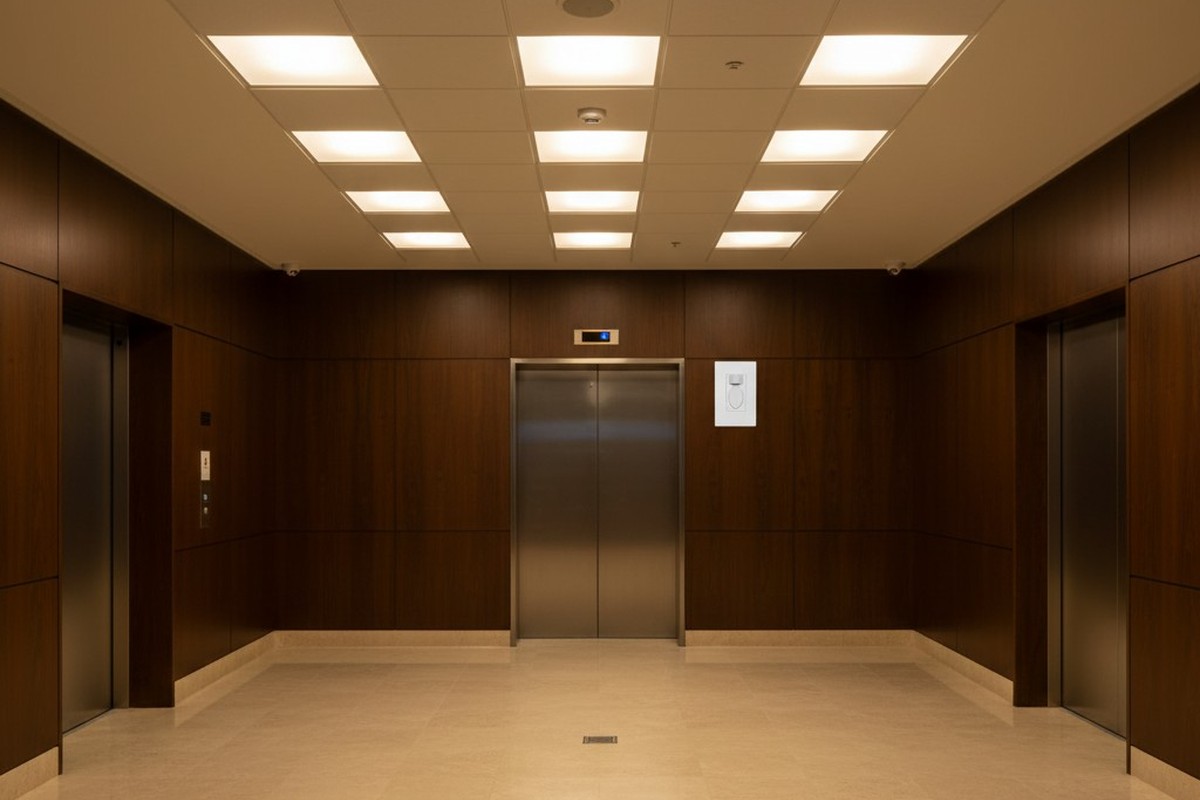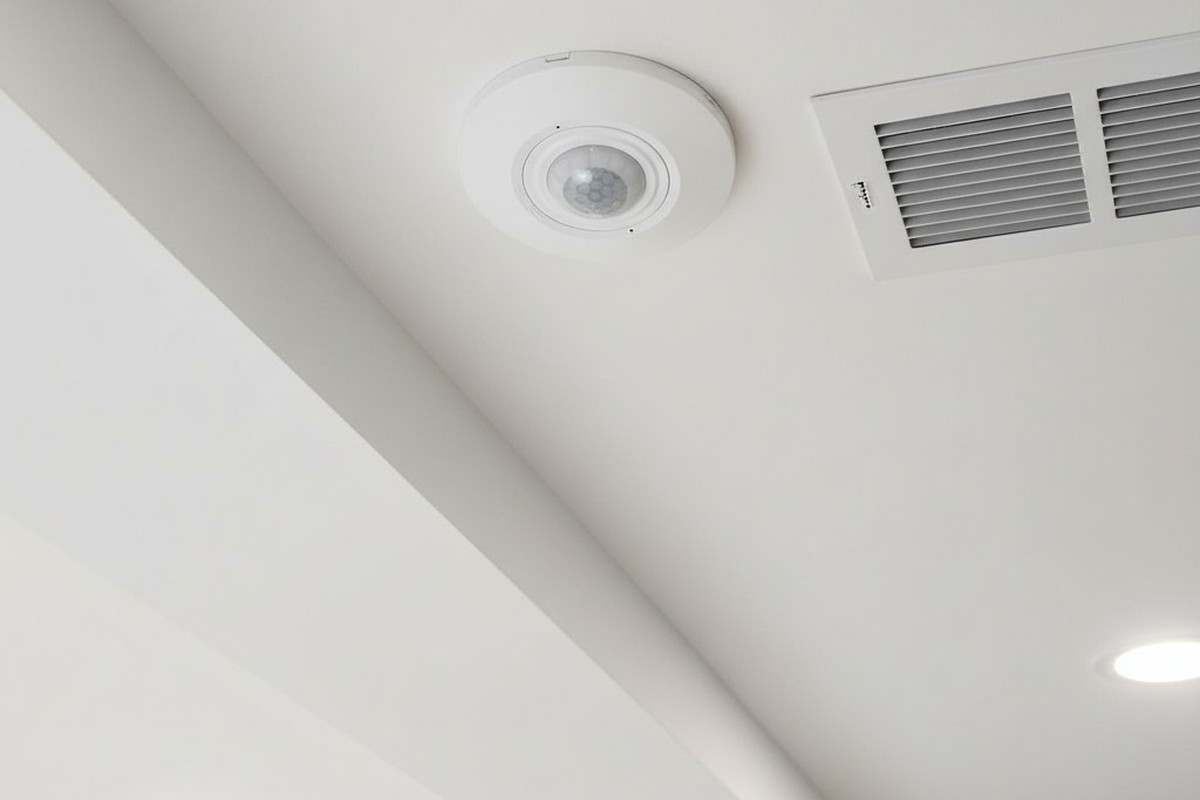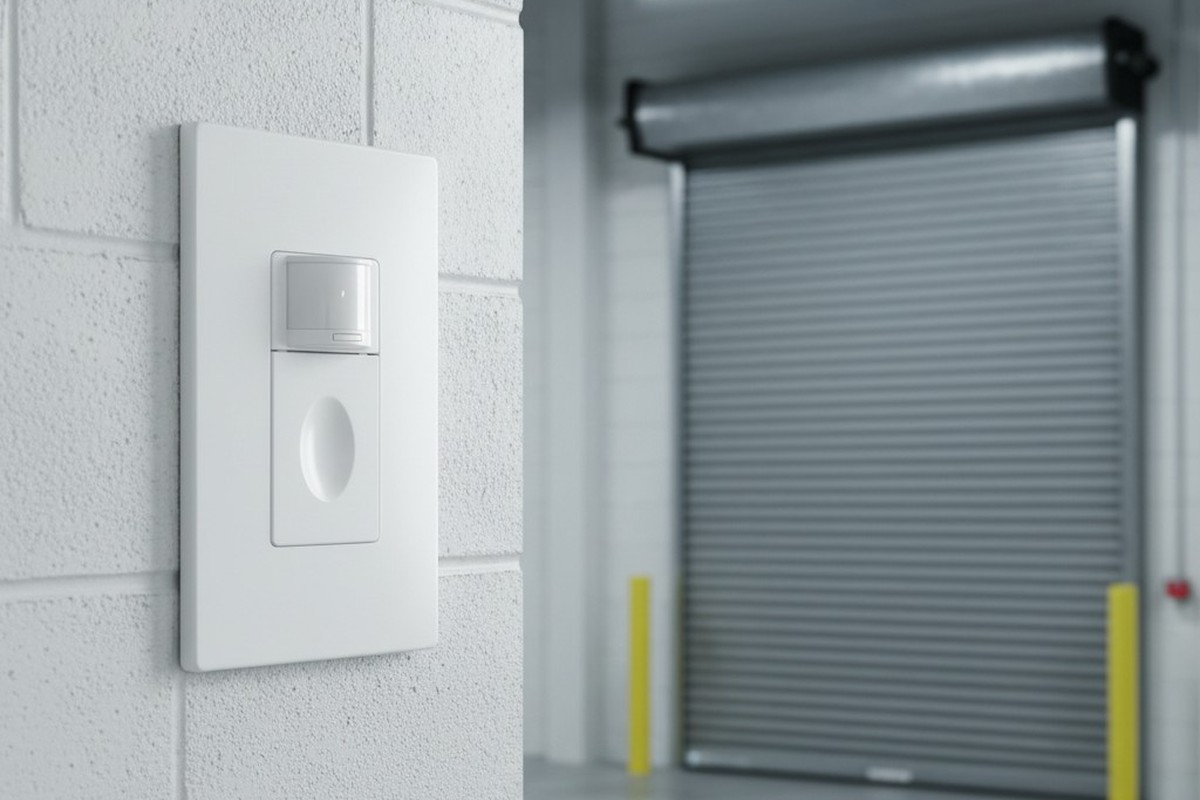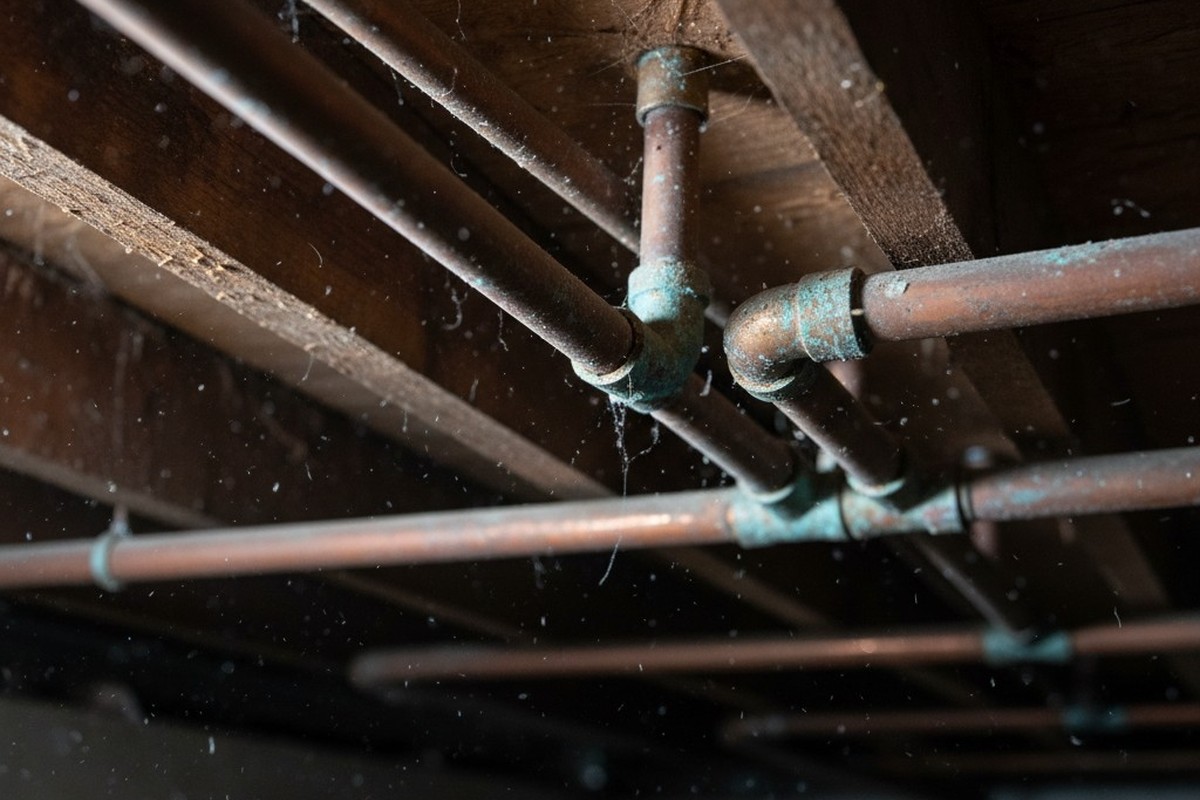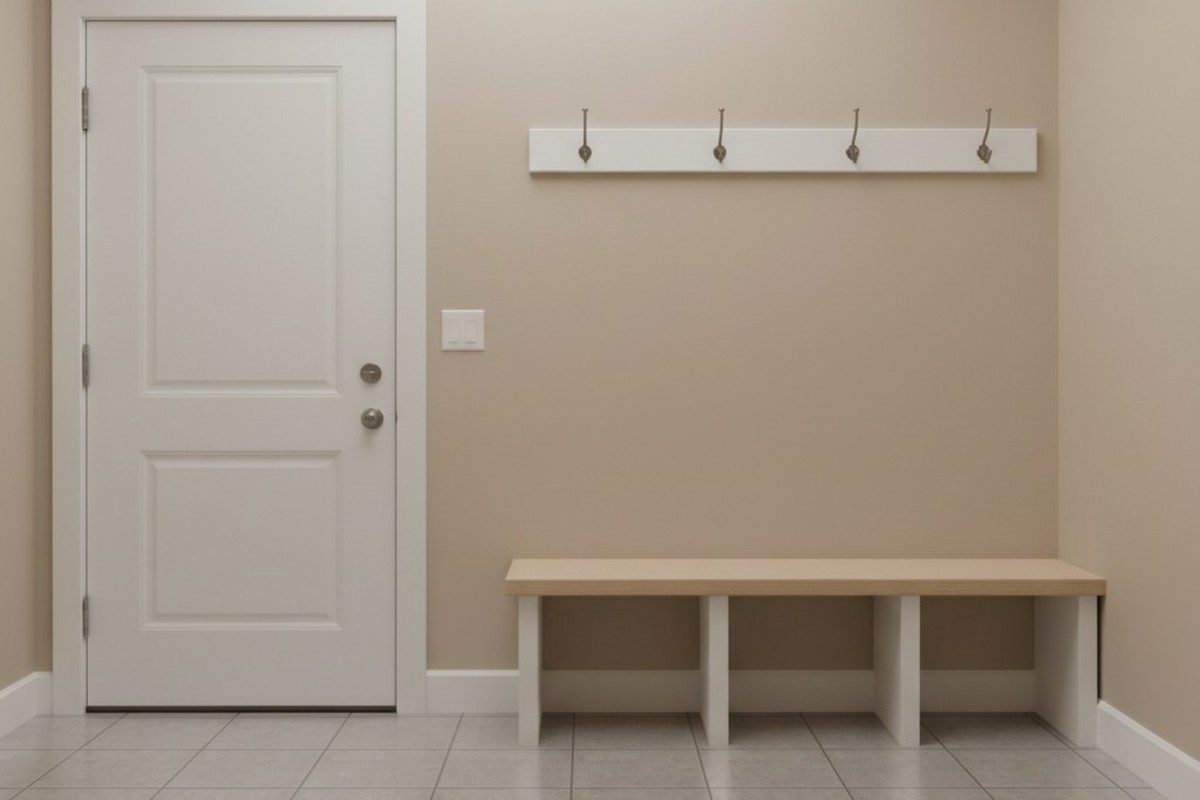You know the feeling. You’re working late in a B-class office building, finishing up a punch list or waiting on a slow client. You hit the elevator button, the doors slide open, and you step out into… nothing. Absolute pitch blackness.

For a split second, your brain doesn’t register “energy savings.” It registers “threat.” You freeze. You wave your arms like a lunatic trying to trigger a motion sensor mounted twenty feet away, around a corner, probably behind a potted plant. Get lucky, and the lights pop on with a blinding snap. Get unlucky—like the lawyer in a Philadelphia high-rise who refused to leave the elevator cab for ten minutes because the lobby was dark—and you ride the car up and down until someone else triggers the system.
That lawyer didn’t care about the building’s LEED certification or the kilowatt-hours saved. She just didn’t want to step into a void. Here lies the fundamental conflict in elevator lobby retrofits: the code book wants 0% output when unoccupied, but the human brain demands visibility. If you manage a facility, you are standing right in the middle of that fight. Follow the letter of the energy code without applying field experience, and you aren’t saving money. You are building a liability trap that will cost you far more in tenant complaints and slip-and-fall lawsuits than you ever saved on the electric bill.
The Psychology of the Threshold
Tenants hate the “off” switch in transition zones for a reason. It’s called the startle response. When a human moves from a lit elevator cab (usually 30–50 foot-candles) into a dark lobby (0 foot-candles), the eye cannot adjust instantly. For those few seconds of blindness, the tenant is vulnerable. In the trade, we see this generate the most angry phone calls. Perceived safety matters more than comfort here; a dark lobby feels like a dungeon, regardless of the marble floors.
Stairwells have the same problem, by the way. If tenants start asking about “panic buttons” for the stairs, it’s usually because your lighting controls are too aggressive. The fix is the same as the lobby: never let the space go to absolute zero if there is any chance of unannounced entry.
Whether you’re under IECC 2015, ASHRAE 90.1, or Title 24 out West, the code often mandates occupancy sensors that shut lighting off after 15 or 20 minutes of inactivity. But “off” is a dangerous state for a lobby. The smart play—the one that keeps the property manager’s phone silent—is to interpret “off” not as darkness, but as a “background level.” You need a system that drops to a low-end trim (say 10% or 20%) rather than cutting power completely. This maintains the visual boundary of the room. The tenant sees the walls; they know no one is lurking in the corner. That 20% light level costs pennies but buys you a massive amount of psychological safety.
Banking is Dead; Long Live Dimming

Back in the T8 fluorescent days, we handled this with “banking” or “checkerboarding.” You’d wire the lobby so that when the sensor timed out, half the fixtures turned off and the other half stayed on. It worked, technically. But it looked terrible. It made the building look broken, like half the bulbs had burned out and maintenance hadn’t gotten around to fixing them. It created dark spots and shadows that still triggered that unease in tenants.
Looking For Motion-Activated Energy-Saving Solutions?
Contact us for complete PIR motion sensors, motion-activated energy-saving products, motion sensor switches, and Occupancy/Vacancy commercial solutions.
Modern retrofits rely on 0-10V dimming. This is the only professional way to handle a lobby today. Instead of killing half the fixtures, you dim all of them down to that 20% background level. The space remains evenly lit, just softer. When someone steps off the elevator, the lights don’t snap on like an interrogation lamp; they ramp up smoothly to 100%. That ramp is crucial. A snap-on triggers a fight-or-flight reflex; a 2-second ramp feels like luxury. It feels like the building is welcoming you.
You have to watch your hardware compatibility, though. If you are retrofitting LED tubes or panels, ensure the drivers are actually dimmable. We see a lot of “flicker” complaints where a facility manager bought cheap LEDs that claim to be dimmable but strobe like a disco at low voltages. If you don’t check the driver spec sheet for 0-10V compatibility (look for the purple and gray, or sometimes pink, control wires), you’re going to spend your weekend swapping out fifty drivers.
The Hardware Reality: Retrofitting Without Ripping Drywall
The biggest pushback we get on this approach is the wiring. “I don’t have dimming wires in the walls,” the landlord says, “and I’m not paying you to rip open the drywall to pull them.”
Fair enough. Pulling new copper is expensive. But you don’t have to.
Maybe You Are Interested In
This is where the “Bi-Level” driver or the fixture-mounted sensor saves the job. Years ago, on a medical park retrofit, we were stuck. The inspector demanded occupancy controls, but the walls were sealed tight. We found drivers—Keystone makes good ones, and Rayzeek has excellent standalone sensors—that sit right inside the fixture.

You don’t need to run low-voltage wires back to a wall switch. You install a sensor like the Rayzeek RZ021 or RZ022 directly into the fixture or the ceiling tile next to it. These little units have dip switches or remote controls that let you set the parameters right at the light. You set the “Standby Level” to 20%, the “Hold Time” to 15 minutes, and the “Standby Period” to infinity (meaning it never turns fully off).
Now, the fixture itself handles the logic. It sees motion? It goes to 100%. No motion? It drops to 20% and stays there. No new wires in the wall, no ripping up the ceiling grid. You get the high-end performance of a wired dimming system with the labor cost of a standard bulb swap. It’s the hardware hack that bridges the gap between a cheap landlord and a strict code inspector.
The Geometry of Detection
Even with the right hardware, you can still fail if you put the sensor in the wrong spot. I’ve walked into hotels where the hallway lights are set to auto-off, and they don’t turn on until you are five feet out of the elevator. That is five feet of terror for a guest with luggage.
The sensor needs to “see” the motion of the elevator doors opening, not just the person walking out. The metal doors sliding apart is a massive motion event for a PIR (Passive Infrared) sensor. If you position your sensor so its field of view covers the elevator bank, the lights will ramp up before the doors are even fully open. The guest steps out into a fully lit hallway.
A quick warning on sensor types: Stick to PIR for lobbies. Do not let a sales rep talk you into “Dual Tech” or Ultrasonic sensors for an elevator bank. Ultrasonic sensors send out sound waves to detect motion. Do you know what makes a lot of noise and vibration? An elevator car moving in a shaft. Ultrasonic sensors in lobbies constantly false-trigger because they “hear” the elevator moving three floors up. You’ll be burning electricity all night for ghosts. Stick to PIR, aim it at the doors, and tune the sensitivity.
Why Networked Controls Fail Here
Finally, avoid the temptation to over-complicate this. There is a trend now to put everything on a networked system—Lutron Vive, Enlighted, etc. Those systems are incredible for open offices where you need daylight harvesting and granular data for a LEED scorecard.
But for a simple elevator lobby? They are a liability.
I have seen lobbies go dark because the facility manager lost the iPad with the control app, or the WiFi went down, or a firmware update bricked the hub. A lobby is a critical path. It needs to work in 20 years when the current facility manager has retired and nobody knows the password to the lighting server. Standalone sensors with physical dip switches or simple IR remotes are robust. They don’t need an IP address. They just work.
Get Inspired by Rayzeek Motion Sensor Portfolios.
Doesn't find what you want? Don't worry. There are always alternate ways to solve your problems. Maybe one of our portfolios can help.
The Silent Payoff
The goal of a good lobby lighting retrofit is silence. You want the energy savings—and you’ll get them, usually dropping your burn rate by 40–60% even with the background dimming enabled—but mostly you want the silence of the tenants.
When you do this right, nobody notices the lights. They step off the elevator, the space feels bright and safe, and they walk to their office. They don’t trip, they don’t get scared, and they don’t call you.
Check your local code—some jurisdictions are stricter on whether that “infinity” standby period is allowed without a final shut-off after hours—but in most cases, safety allows for a minimum background light. Fight for that background level. It’s the difference between a building that feels like a premium asset and one that feels like a crime scene waiting to happen.

